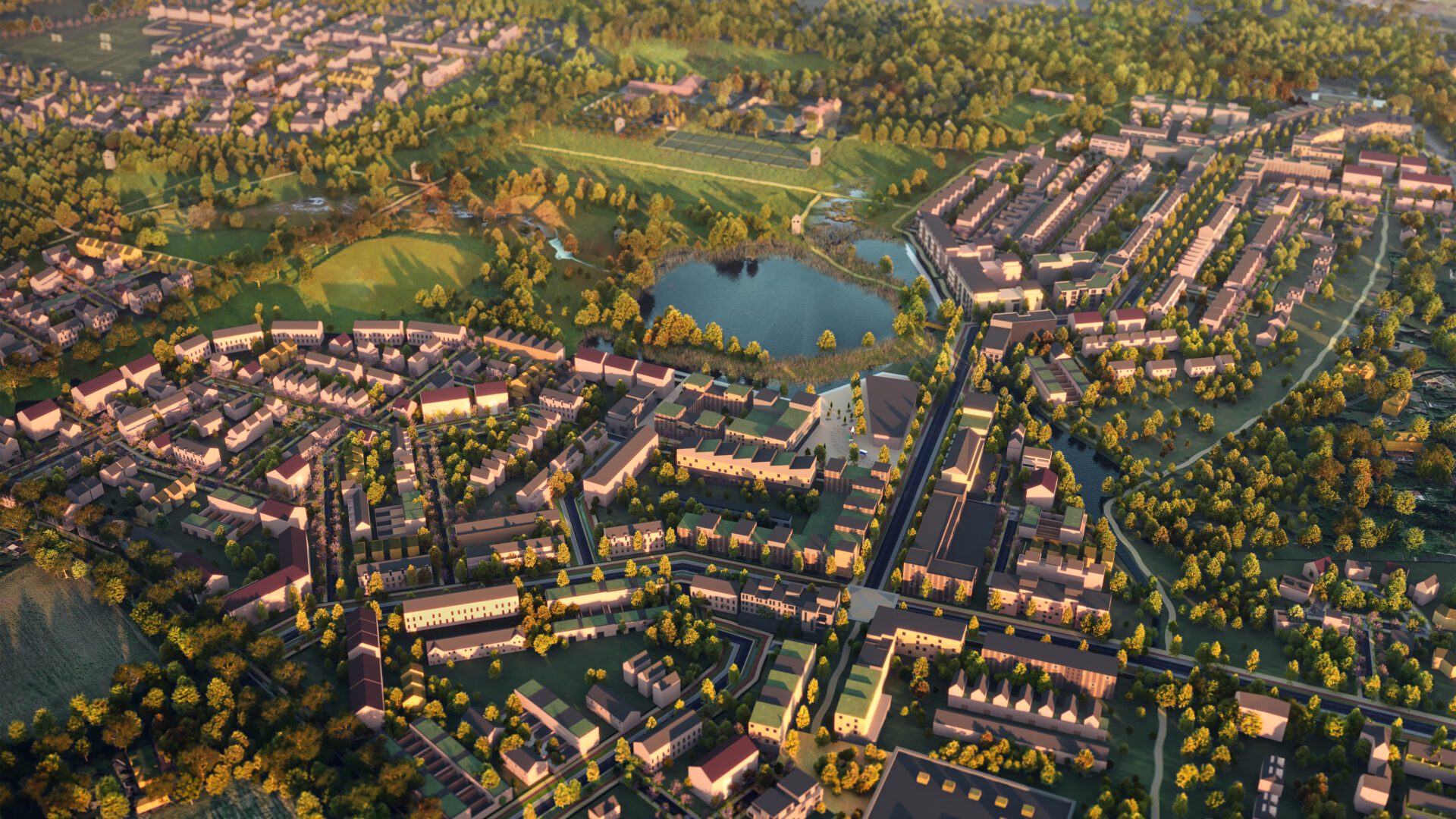Bias in business can be a killer. It is the barrier to innovation; it leaves us blind to changes in our environment and leads us to repeating the same mistakes. Yet it is something we rarely discuss.
Implicit Bias and Stereotype Threat is probably the bias we know best. These are the unconscious attitudes or stereotypes that influence the choices we make. They are especially dangerous in recruitment when we favour candidates that look like us. In real estate, this is how agents and developers think about tenants. They favour the tenants that look like their other tenants, overlooking the tenants that come in a different shape or with challenging requirements.
The first step in addressing this bias is recognising it exists.
Let’s work through an example. According to 2021 ONS data, there are 6,548 businesses operating in the UK life sciences sector. These businesses employ 282,000 people and generate £94.2bn in turnover. Now, where do you think most of those 282k jobs are located?
Well, I’ll be surprised if you didn’t say Cambridge, Oxford or a combination of the two. This is an amazing region. The so called ‘Oxford-Cambridge Arc’ is home to the most productive Life Sciences cluster in Europe, with more than 400 companies contributing £2.9billion to the UK economy according to the same ONS data.
But hang on. 400 companies amounts to around 6% of all firms. It is 3% market share by turnover. So, while it is an undoubtedly an impressive cluster, it represents a fraction of all the life science opportunity.
Where is the Bias in this?
In Cushman and Wakefield’s most recent review of supply and demand for this sector, they say “the life sciences sector continues to experience unprecedented demand,” in fact, it is one of the fastest growing employment sectors in Britain, along with logistics. However, “limited supply remains a persistent issue. Cambridge and Oxford are grappling with acute availability challenges.”
So, despite the Oxford- Cambridge Arc representing a small share of the national life science scene, it has the greatest pressure on space for these growth firms. Bias in action.
The second bias is Confirmation Bias. People seeking information that confirms their existing beliefs and ignore information that contradicts them. Continuing our life science example, developers, investors and employers, having chosen the under supplied/ over demand Oxford-Cambridge Arc, they only see information that reinforces their decision.
Then everyone gets in on the act. An article by a real estate law firm asking the question ‘Is the life science sector running out of lab space’ quotes property firms that make the same assessment: “Bidwells’ latest research shows that there was close to zero lab space available as of June this year, with Savills and JLL both reporting similar trends.”
This is reinforcing or confirming the bias. It may be correct for the Arc, but not for all life science property.
Our final bias is Cognitive Dissonance Theory. Here we strive for internal consistency in our beliefs. It is no surprise that the Arc’s lab shortage has led to eye watering rent increases. That reinforces the assumption that when something costs more, we associate higher prices with higher quality or value.
While there can be instances where higher prices are justified by superior quality or features, this assumption doesn’t always hold true in real estate. In fact, in addition to the eyewatering rent increases in the Arc, landlords can insist on long leases and limiting crucial flexibility for employers at an early stage of the business.
The Arc situation has fuelled residential costs as employees are drawn to an area that already has a significant housing shortage. The employees’ higher rents fuel salary rises; that in turn mean less of investors’ stakes are spent on the actual groundbreaking work that will deliver future value that they intended to invest in. In other words, a higher cash burn.
We all need to recognise our own biases. We can all reflect on our beliefs and consider alternative perspectives to reduce cognitive dissonance.
If there is one bias we can address for Kent, it is sharing what makes our science parks at Discovery Park, Kent Science Park and Kent Medical Campus world class. For a start, they have availability. Not something Cambridge-Oxford Arc can easily show.
They offer easy in and out terms and significantly lower rents. Despite the lower cost base, they have superior London and airport connectivity to the Arc, access to local and London universities, the UK’s most modern Medical School, a supply of local talent and an even better quality of life offering.
Simon Ryan is our Investment Director. He works with employers and property developers to make Kent an even more appealing place to work and grow businesses. Click here for his contact details >>




